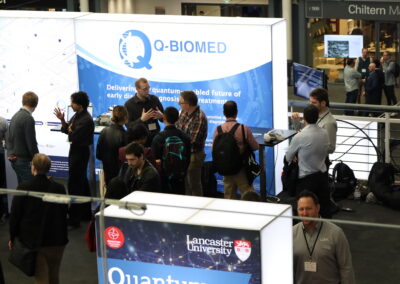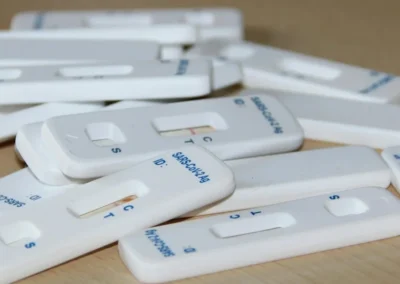When it comes to computers, we all know that faster is better. To date, the exponential growth in data processing and storage speeds has largely been driven by shrinking electronic circuits to ever smaller sizes. As we push up against the limits of semiconductor technology, however, continued progress will depend on exploiting new physical phenomena. A particularly promising avenue is the manipulation of quantum spins in magnetic materials, but we are currently held back by a lack of knowledge of how magnets behave on ultrafast timescales – and by ‘ultrafast’, we mean trillionths of a second.
Writing in the Proceedings of the National Academy of Sciences USA, an international team led by Brookhaven National Laboratory and including LCN researchers have reported on the ultrafast behaviour of a particular class of magnets. In so-called “gapped antiferromagnets”, the spins are locked in an alternating up-down arrangement that takes a considerable amount of energy to disrupt. The researchers fired a laser at a crystal of strontium iridate (Sr3Ir2O7) and tracked how the spins deviated from their antiferromagnetic arrangement using very short and intense x-ray pulses.
“We discovered that the laser causes the spins to start strongly fluctuating after less than 0.15 picoseconds – that’s 0.00000000000015 seconds – destroying the magnetic properties”, said Cameron Dashwood, LCN PhD student and co-author on the study. “Given the relatively high energies needed to start these fluctuations, it then took a surprisingly long time for them to die away and the spins to return to their equilibrium positions.” This behaviour contrasts that of the sister material Sr2IrO4 previously studied by the team, which requires much less energy to disturb the spin network, and in which the laser generates a smaller set of shorter-lived fluctuations.
The different responses of these two related materials reveals a direct connection between their steady-state properties and how they behave on ultrashort timescales, with important implications for the design of new magnetic technologies.



